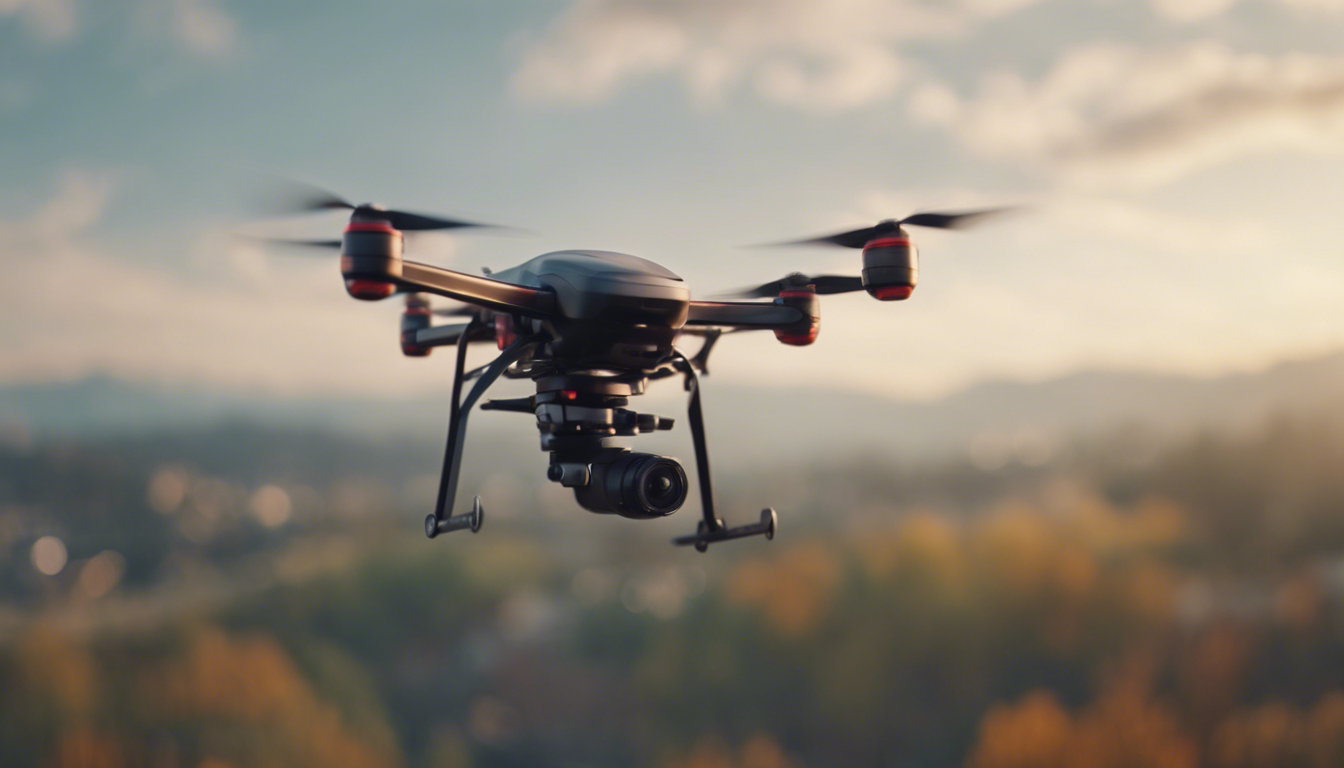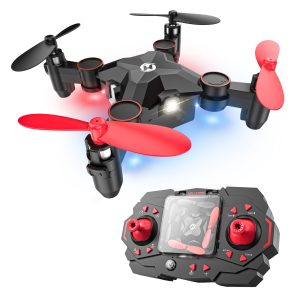
Drones, also known as Unmanned Aerial Vehicles (UAVs), have emerged as a game-changer in various industries, and firefighting and prevention is no exception. These small flying machines equipped with advanced technology and capabilities have revolutionized the way firefighters combat fires and prevent catastrophic incidents. In this article, we will delve into the role of consumer drones specifically in firefighting and prevention, exploring their various aspects and detailing their potential to save lives and properties.
Enhanced Situational Awareness
One of the primary roles of consumer drones in firefighting is providing enhanced situational awareness to the firefighters on the ground. Equipped with high-resolution cameras and thermal imaging sensors, drones can capture real-time images and videos of the fire scene from different angles. This valuable visual data helps incident commanders assess the situation more accurately and make informed decisions about resource allocation, evacuation routes, and deploying firefighting strategies.
Drones can fly over hazardous areas, such as burning buildings, collapsing structures, or inaccessible terrains, without risking human lives. This aerial perspective enables firefighters to identify hotspots, determine fire spread patterns, and monitor the progression of the fire. As a result, they can develop more effective firefighting plans and adapt their strategies accordingly.
Rapid Response
Drones offer a significant advantage when it comes to rapid response in firefighting operations. Time plays a critical role during emergencies, and being able to quickly assess a situation is important for effective firefighting and prevention.
By leveraging drones, incident commanders can rapidly deploy an unmanned aircraft to survey the area even before the first responders arrive. This quick response allows them to gather vital information about the fire’s intensity, proximity to surrounding structures, and potential hazards. Armed with this information, firefighters can plan their interventions more efficiently, mobilize appropriate resources, and ensure swift and targeted action.
Fire Suppression
Consumer drones equipped with firefighting capabilities can actively participate in fire suppression efforts. Certain drones are designed to carry and release payloads such as foam, water, or fire retardants onto the fire-affected area. These drones can precisely target specific points, making them highly efficient in extinguishing small fires or preventing them from spreading further.
Additionally, some advanced drones are equipped with onboard sensors capable of detecting noxious gases or hazardous materials in the air. This enables firefighters to identify potential risks and take necessary precautions during firefighting operations, enhancing the safety of both the responders and the public.
Preventive Measures
Drones play an important role in preventing fires by conducting regular inspections and identifying potential hazards. Prevention is always more effective and cost-efficient than firefighting, and UAVs offer a valuable tool for proactive measures.
Drones with advanced sensors and imaging capabilities can conduct aerial surveys of buildings, power lines, or industrial sites, looking for signs of wear and tear, faulty wiring, or any other potential fire triggers. These regular inspections help identify potential risks and enable facility managers or authorities to take corrective actions before a fire outbreak occurs.
Furthermore, drones can assist in creating firebreaks by conducting controlled burns of vegetation in a controlled and strategic manner. By preventing the accumulation of excessive brush and other flammable materials, the risk of wildfire outbreaks can be significantly reduced.
The Future of Consumer Drones in Firefighting
The role of consumer drones in firefighting and prevention is only set to expand in the future. With ongoing advancements in technology, UAVs will become more autonomous, capable of executing complex missions without heavy reliance on human operators.
Incorporating artificial intelligence and machine learning algorithms, drones will be able to analyze real-time data and make instant decisions during emergency situations. They will become more adept at recognizing fire patterns, detecting trapped individuals, or even predicting the spread of wildfires based on environmental conditions.
Moreover, drones will continue to evolve in terms of payload capacity, flight endurance, and their ability to operate in challenging weather or terrain. This will further enhance their effectiveness and enable them to handle larger fires or reach remote areas with minimal human intervention.
